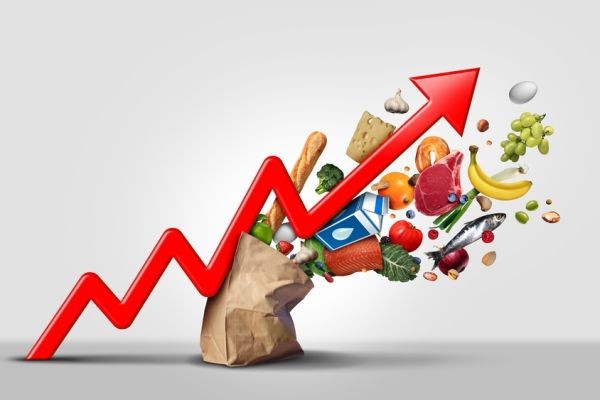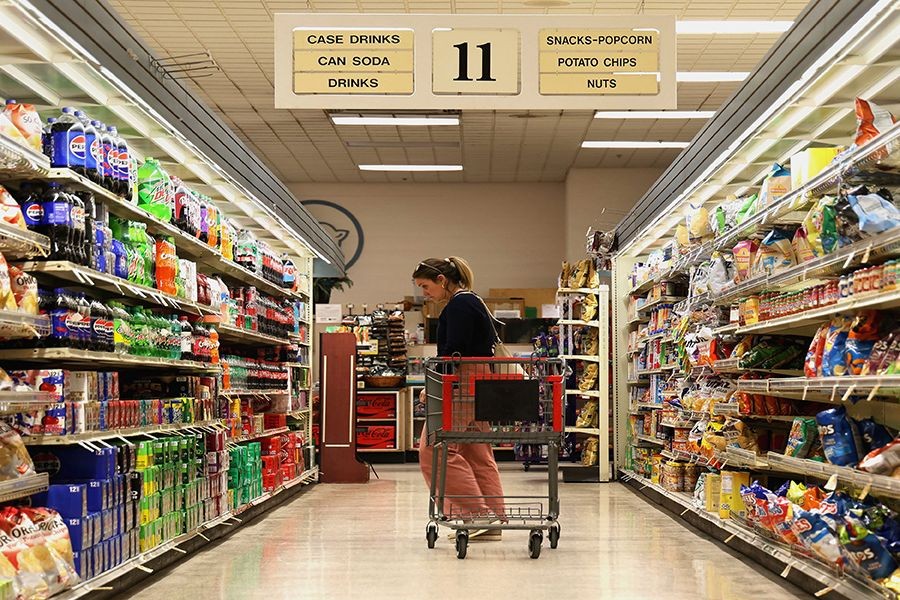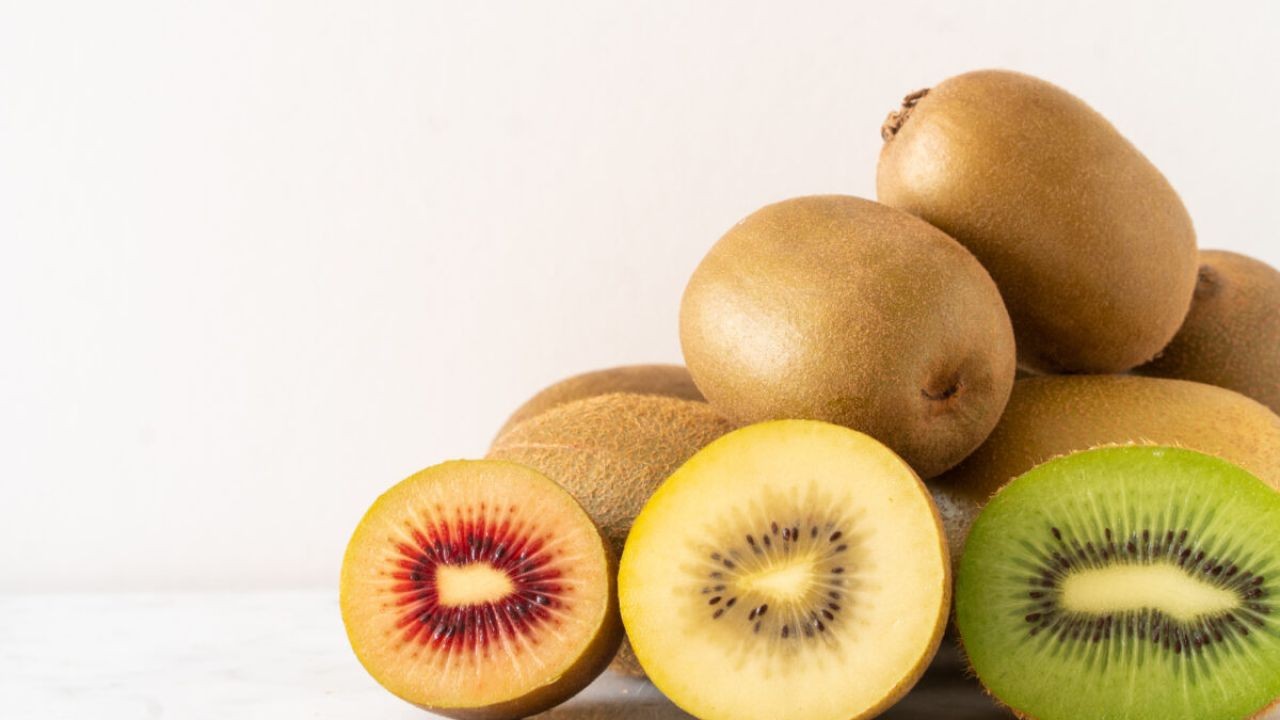New Zealand's wine industry is renowned globally for its exceptional quality and diverse offerings, but what might the future hold for this vibrant sector? With changing consumer preferences, climate considerations, and technological advancements, the next decade promises to be transformative. For healthcare consultants in New Zealand, understanding these shifts is crucial, not only for advising clients in the wine sector but also for anticipating broader economic impacts.
🔍 Industry Deep Dive: Understanding the Current Landscape
As of 2023, New Zealand's wine industry contributes significantly to the national economy, with wine exports valued at over NZD 2 billion, according to Stats NZ. The industry primarily thrives on Sauvignon Blanc, which accounts for approximately 86% of wine exports. However, the evolving landscape demands a broader perspective to maintain competitive advantage.
🌿 Sustainability: A Core Focus
In recent years, sustainability has become a cornerstone of the New Zealand wine industry. The country’s commitment to sustainable winegrowing practices is exemplified by the Sustainable Winegrowing New Zealand (SWNZ) initiative, which ensures that 98% of the vineyard area is certified. This focus not only preserves environmental resources but also appeals to eco-conscious consumers globally.
🌐 Technological Integration
Technology is reshaping how wineries operate, with innovations like precision viticulture and AI-driven analytics playing pivotal roles. These technologies help optimize resource use and enhance crop yields, making wine production more efficient and sustainable. For healthcare consultants, understanding these tech advancements is vital as they influence economic health and employment in related sectors.
📈 Data-Driven Insights: Trends Shaping the Future
Looking forward, several key trends are poised to redefine New Zealand's wine industry:
- Climate Change Adaptation: With climate change impacting traditional wine-growing regions, New Zealand wineries are exploring new grape varieties and regions to maintain quality and yield. This adaptation could see a shift towards more diverse offerings, potentially increasing market share.
- Consumer Trends: There is a growing demand for low-alcohol and organic wines, driven by health-conscious consumers. Wineries that adapt to these preferences are likely to capture a larger market segment.
- Export Expansion: While traditional markets like the US and UK remain crucial, emerging markets in Asia offer significant growth potential. Strategic marketing and distribution efforts in these regions could bolster export volumes.
📊 Case Study: Villa Maria – A Sustainability Pioneer
Problem: Villa Maria, one of New Zealand's leading wineries, faced challenges in maintaining its sustainability credentials amidst rising production costs.
Action: The company invested in solar energy, reducing its carbon footprint by 30%. They also embraced precision viticulture, utilizing drones and AI to monitor vine health.
Result: These initiatives led to a 20% reduction in energy costs and improved vineyard productivity by 15%. Villa Maria's sustainability efforts have not only preserved their eco-friendly reputation but also attracted a loyal customer base.
Takeaway: This case study underscores the importance of sustainability in maintaining competitive advantage. New Zealand wineries can leverage green technologies to enhance both environmental and economic outcomes.
⚖️ Pros vs. Cons: Navigating Future Challenges
As the industry evolves, wineries must weigh the potential benefits and risks:
✅ Pros:
- Market Expansion: New Zealand wines are gaining popularity in emerging markets, offering growth opportunities.
- Technological Advancements: Innovations in winemaking can lead to higher efficiency and product quality.
- Increased Consumer Awareness: A global shift towards sustainability aligns with New Zealand's practices, enhancing brand appeal.
❌ Cons:
- Climate Risks: Unpredictable weather patterns pose a threat to grape yields and quality.
- Regulatory Hurdles: International trade policies and tariffs can impact export profitability.
- High Production Costs: Investments in technology and sustainability can strain financial resources.
🔍 Common Myths & Mistakes: Setting the Record Straight
Myth vs. Reality
Myth: "New Zealand wines are only about Sauvignon Blanc."
Reality: While Sauvignon Blanc is dominant, the industry is diversifying with Pinot Noir, Chardonnay, and Syrah gaining traction (Source: NZ Winegrowers).
Myth: "Sustainability is just a marketing gimmick."
Reality: Sustainability practices are integral to reducing costs and environmental impact, with certified vineyards reporting a 15% cost reduction in operations (Source: SWNZ).
Common Mistakes & How to Avoid Them
- Ignoring Consumer Trends: Failing to adapt to health-conscious consumer demands can result in market share loss. Embrace low-alcohol and organic options.
- Overlooking Export Opportunities: Neglecting emerging markets like Asia could limit growth potential. Focus on strategic partnerships and marketing efforts in these regions.
- Underestimating Climate Impact: Not investing in climate-resilient practices can jeopardize future yields. Consider diversifying grape varieties and investing in technology for climate adaptation.
🔮 Future Trends & Predictions: What to Expect
By 2033, the New Zealand wine industry could undergo several transformations:
- Diversification of Offerings: As global palates evolve, New Zealand wineries are expected to broaden their portfolios, introducing lesser-known grape varieties and blends (Source: NZ Winegrowers).
- Technological Integration: AI and IoT technologies will become standard, enhancing precision in vineyard management and winemaking processes (Source: MBIE Report 2025).
- Intensified Focus on Sustainability: The industry will likely achieve carbon neutrality, driven by consumer demand and regulatory pressures (Source: Environmental Impact Study 2026).
🔚 Final Takeaways & Call to Action
The future of New Zealand's wine industry is bright, with opportunities for growth and innovation. For healthcare consultants, understanding these trends is invaluable in advising clients on economic impacts and investment opportunities.
📌 Checklist for the Future:
- Stay informed about climate change impacts and adaptive strategies.
- Embrace technological advancements to enhance efficiency and product quality.
- Focus on sustainability to meet consumer demands and regulatory requirements.
🔥 What's Next? Engage with industry experts and explore how these trends will shape your advisory services. Share your insights and join the conversation on the future of New Zealand's wine industry!
🔍 People Also Ask (FAQ)
- How does climate change affect New Zealand's wine industry? Climate change impacts grape yields and quality, prompting wineries to explore climate-resilient practices and diversify grape varieties.
- What are the biggest misconceptions about New Zealand wine? A common myth is that New Zealand only produces Sauvignon Blanc, but the industry is diversifying with Pinot Noir, Chardonnay, and Syrah.
- What strategies can New Zealand wineries use to expand exports? Wineries should focus on emerging markets like Asia, leveraging strategic partnerships and targeted marketing efforts to enhance export volumes.
- Who benefits the most from technological integration in winemaking? Wineries and vineyards benefit from increased efficiency, reduced costs, and improved product quality, enhancing their competitive edge.
🔍 Related Search Queries
- New Zealand wine industry trends 2033
- Sustainable winemaking practices NZ
- Technology in wine production
- Climate change impact on vineyards
- Export opportunities for NZ wineries
- Diversification in New Zealand wines
- AI in vineyard management
- Future of New Zealand wine exports
- Low-alcohol wine trends
- Organic wine market growth

























